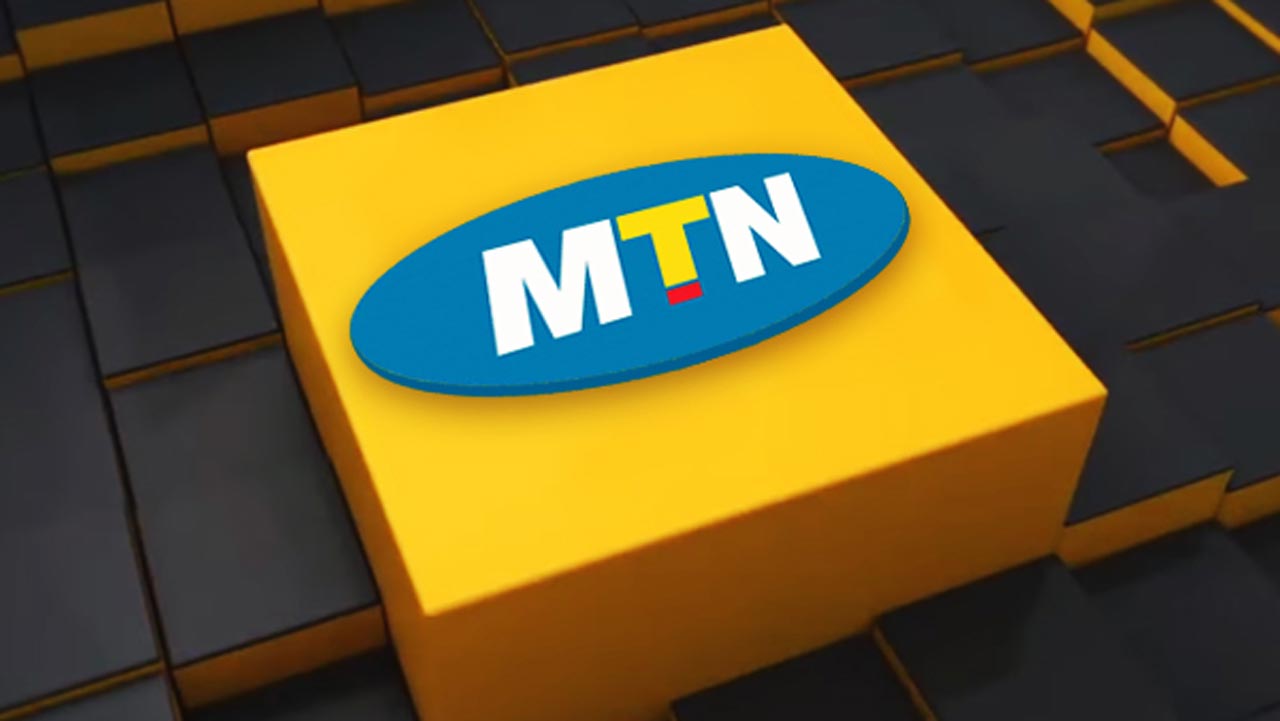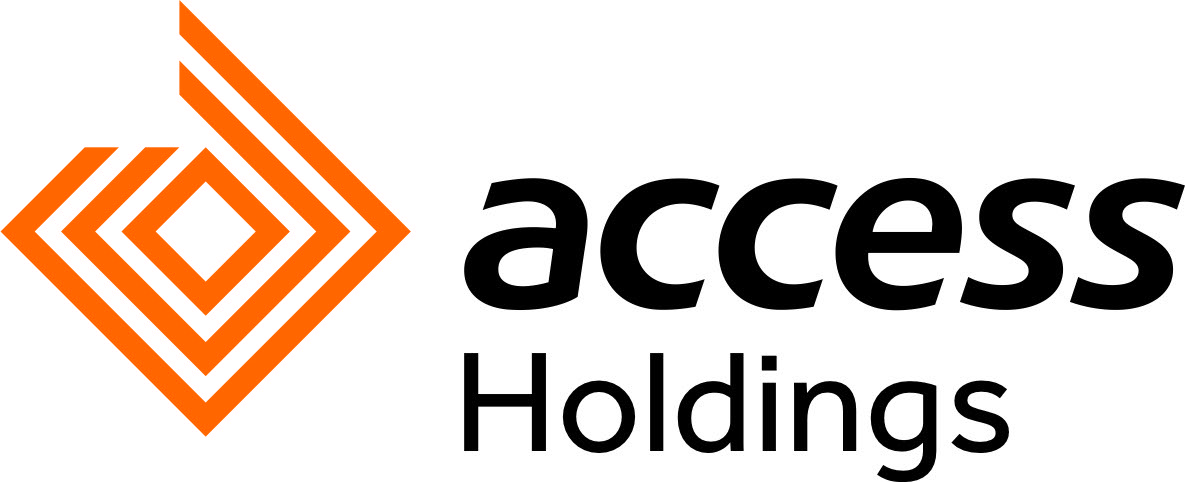May 2, 2018/FBNQuest Research
Low single-digit cuts to our 2018E EPS forecast and price target
Access Bank’s (Access) Q1 2018 PAT surprised negatively, primarily because of a negative result of –N5.3bn in other comprehensive income (OCI). The PAT was also down on a y/y basis and implies an annualised ROAE of 13.3%, well below management’s 2018E guidance of 20%.
To deliver on its 2018 guidance, management expects NIMs to expand to 6.5% from 5.8% in Q1, (as expensive structured funding is paid down through the year) and for operating costs to moderate to an average quarterly run-rate of N51-52bn.
Although our 2018E opex forecast is broadly in line with guidance, our NIM forecast is c.50bps lower than guidance because we believe the lower yield environment will most likely offset benefits accruing from a reduction in funding costs. On the back of the results, we have cut our 2018E EPS forecast by around -3.0%.
Despite reducing our risk-free-rate by 100bps to 13.0%, our new price target of N10.3 is around -5% lower because of the OCI loss and the impact to book value from IFRS 9 implementation. Our new price target implies a potential downside of around -8.0% from current levels. Consequently, we downgrade our recommendation on the shares to Underperform from Neutral.
Q1 2018 PBT flat y/y, mainly driven by spike in loan loss provisions
Access Bank’s Q1 2018 results showed that PBT came in flat y//y to N27.4bn. The flattish earnings were mainly driven by a 55% y/y spike in loan impairment charges. Moving up the P&L, pre-provision profit advanced by 9% y/y. Although both revenue lines contributed to the y/y growth in revenue, the non-interest income line which was up by 15% y/y was the key driver.
This revenue line was boosted by a remarkable growth of 407% y/y to N27.7bn in income from fx swaps, which completely offset a net fx loss of -N6.8bn. Funding income grew by around 5% y/y. Further down the P&L, PAT declined by 24% y/y because of a negative result of –N5.3bn in other comprehensive income.
Sequentially, PBT grew by 283% q/q. Again, non-interest income which was up by 106% q/q was the key driver. A 77% q/q reduction in loan loss provision also contributed to the sequential growth in earnings. Despite the negative result on the OCI line, PAT grew by 19% q/q.














